5 Reasons to Invest in Creating Visually Appealing Content
People are wired for visual content. Our brains can absorb large volumes of data from an image much faster than by reading text.
According to MIT scientists, it takes 13 microseconds to process an image, while reading text takes many more times than that. To test this statement, count the time it takes you to read one single word, and you will see it's longer than a tenth of a second.

Design your own pictures & animated GIFs
with PixTeller
online poster creator tool & free animated GIF maker.
The reason why you should invest in visually-appealing content goes beyond the speed at which an individual can process information.
In this article, we'll take a look at five reasons why visual content is a must in your content marketing strategy.
Visual content increases readability
Online readers face a multitude of challenges when presented with an article. They can easily click away at any second to never go back to reading your content. According to a 2008 study of the Nielsen Norman group, online users read only 28% of the words. What's more, they skim content by default.
Visual content increases readability, which measures the ease with which your readers can consume your content. The easier it is for a visitor to read a page or post, the better the readability.
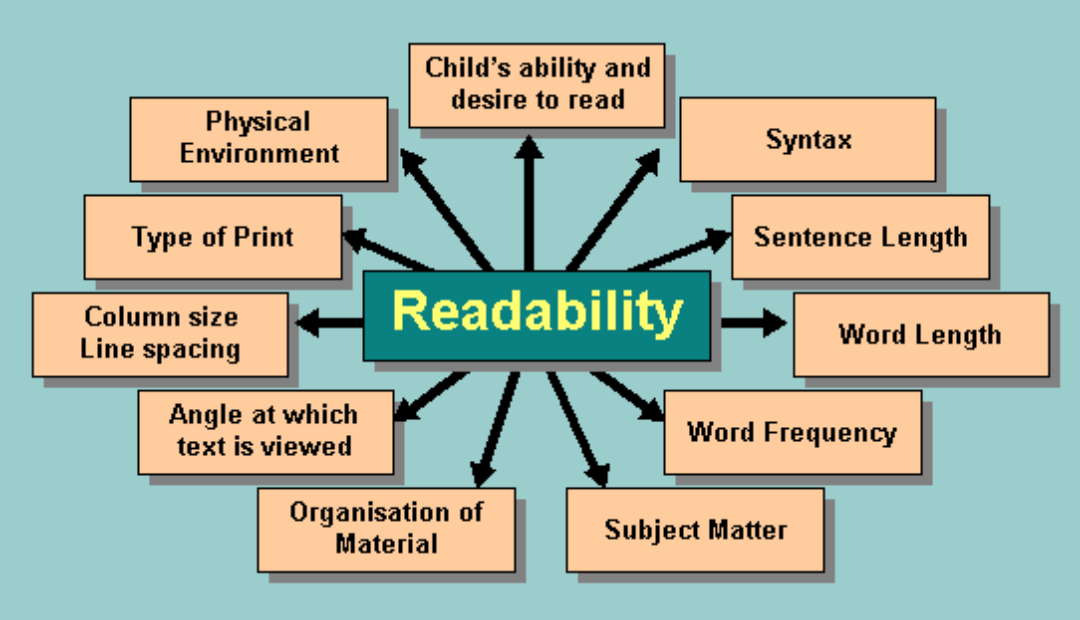
A meta-analysis of 155 studies on the effects of text illustration found that visual content improved comprehension and learning in 98% of the experiments. It seems that when you use visual content, you make it easier for people to skim your content, which, in turn, increases their capacity to read it.
Written and visual content aren't opposites; they complement each other. When you write an article, you want to add visual content, and when you create visual content (e.g., an infographic), you want to add written content.
Visual content increases social sharing
The ease with which you can process visual content in your brain makes it much easier to distribute online. The popularity of memes lies almost entirely on their graphic nature; people don't have to explain a joke, they can only point to it, and others will understand it. Multiply this effect, and you get viral content.
A survey done by Software Advice and Adobe found that images are considered the most important factor when creating social media content, with 80% of the respondents considering images "Very Important" or "Important" for their campaigns.
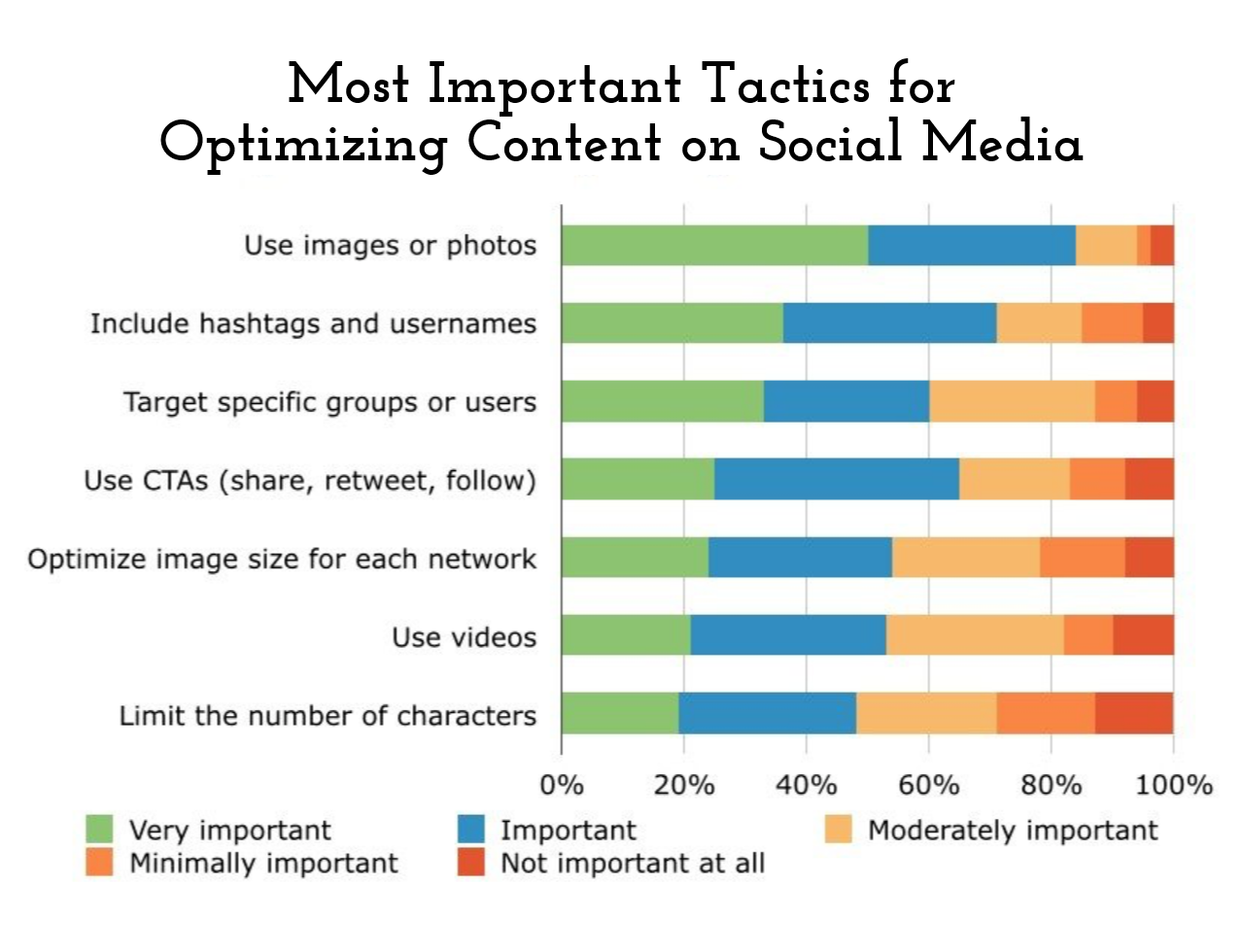
Similarly, Buzzsumo found articles featuring images every 75 to 100 words doubled the number of social shares than articles with fewer images.
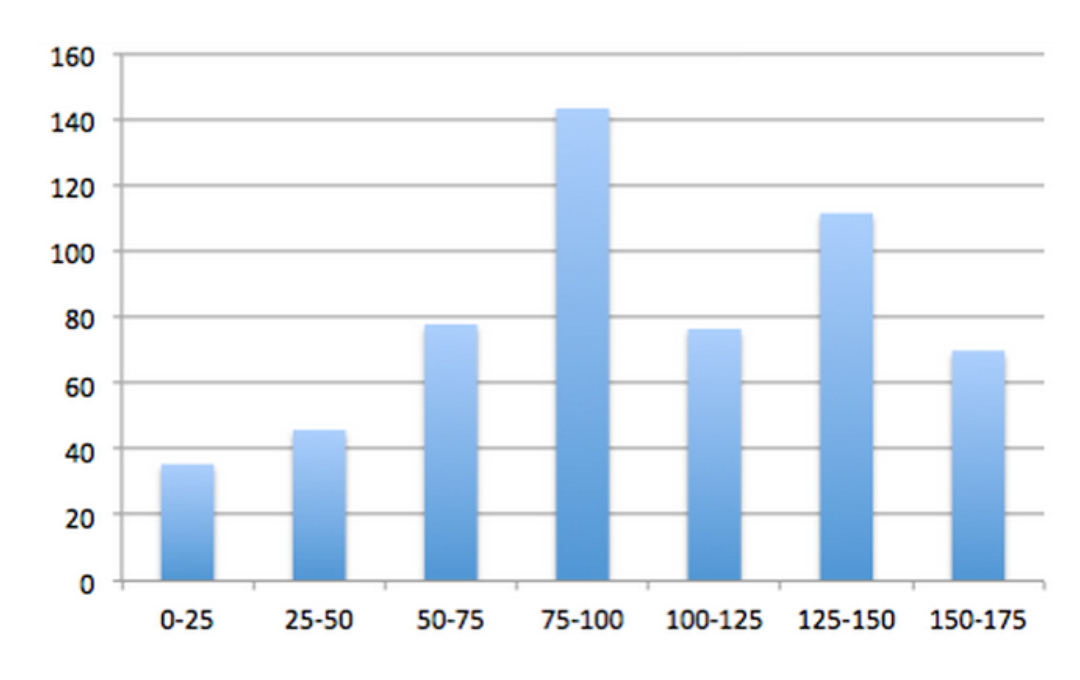
When writing content, make sure to sprinkle images and graphics every few hundred words. To do so, you can use graphic design software like PixTeller Editor, which makes the entire process easy for non-designers.
Visual content increases engagement
There's a rule among writers that says, "show, don't tell." As Anton Chekhov famously explained, "Don't tell me the moon is shining. Show me the glint of light on broken glass."
When it comes to writing content, images, and graphics stir emotional responses in the viewers. Thus, they like, share, and comment on the content that embeds them, at least in social networks.
Buzzsumo also found that Facebook posts featuring images saw 230% more engagement than those posts without images.
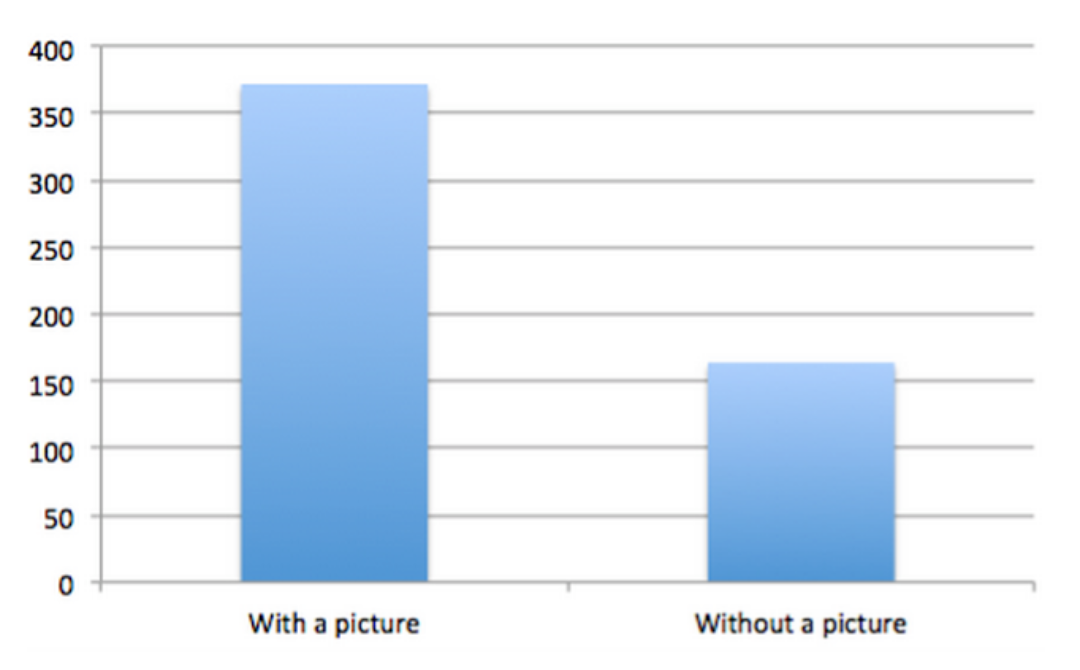
Twitter has publicly stated tweets with images show similar results: "We can confirm that adding video, links, and photos all result in an impressive boost in the number of Retweets."
In fact, they found visual content tends to generate a 35% boost in retweets.

Visual content should become an essential part of your overall content marketing strategy. Instead of creating visual content exclusively for social media, create images and graphics that fit your blog and social media content. This will make your entire content development process much more efficient.
Visual content increases pageviews
Thanks to its tendency to become viral, visual content increases the number of visitors a website can get. Among the numerous metrics you can use in your web analytics, pageviews are one of the most important.
A pageview measures an instance of a page being loaded in a browser. In other words, it measures a single visit, disregarding previous visits or sessions. The more pageviews you can generate, the better it can be for your business, mainly if you use advertising as your primary monetization strategy.
In 2011, a study carried out by Skyword found that visual content gets 94% more views than non-visual content.
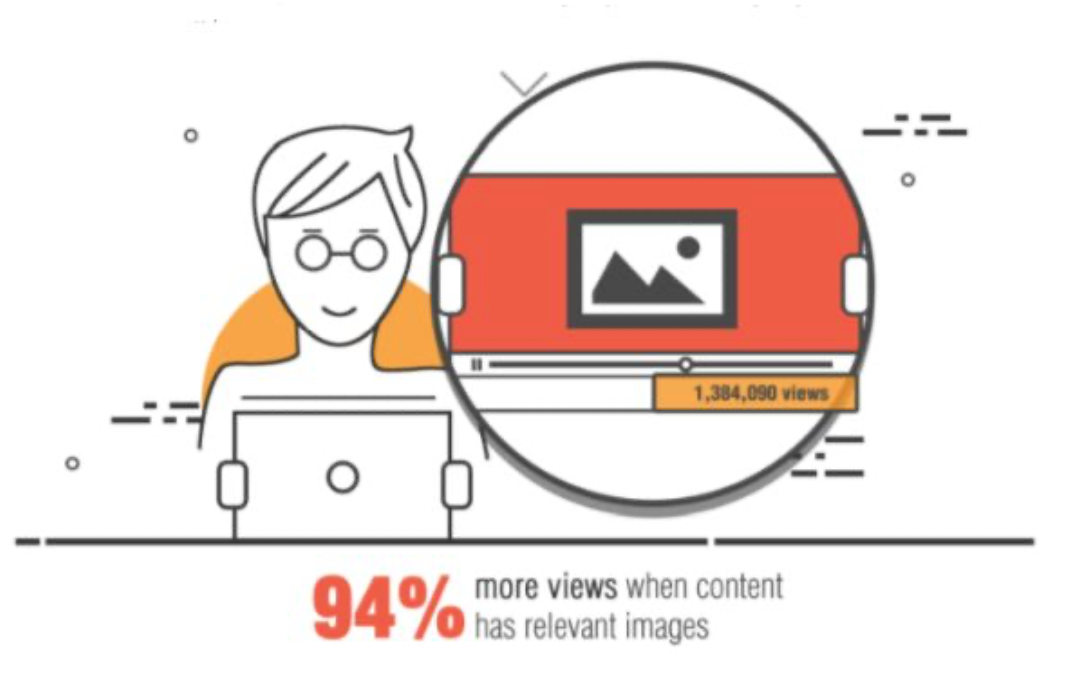
One way to generate more page views for your content is through Google's search engine results. For the past few years, Google has increased its algorithm's power to process visual information and use it to understand and rank a website.
In fact, Google has developed a specific ranking algorithm called VisualRank, which analyzes and compares content within images using computer vision and locality-sensitive hashing (LSH) techniques.
Visual search hasn't become mainstream yet, but it soon will. With the advent of Google Lens search results and Google's continuous optimization of its ranking algorithm, it's better to be prepared than to wait for too long.
In the meantime, you can create images and optimize them, so they rank in Google's images search results. You can do so by using alt-tags and using names that explain what an image is about.
By creating visual content, you have higher chances of attracting more traffic, both from Google's current image search results and its fast-growing Google visual search results.
Visual content helps with B2B sales
Visual content helps you make your content more shareable and engaging, which generates page views. But if this wasn't enough, it can also help you generate B2B sales.
A DemandGen report found that 86% of buyers wanted to interact with visual content on demand. We can assume that such a reaction may be due to the ease with which buyers can process and digest visual content, compared to technical content.
In 2020, Content Marketing Institute and Marketing Profs 2020 B2B Benchmarks Budgets and Trends reported found that 67% of B2B marketers use a mix of infographics, charts, photos, and data visualization in their marketing campaign.
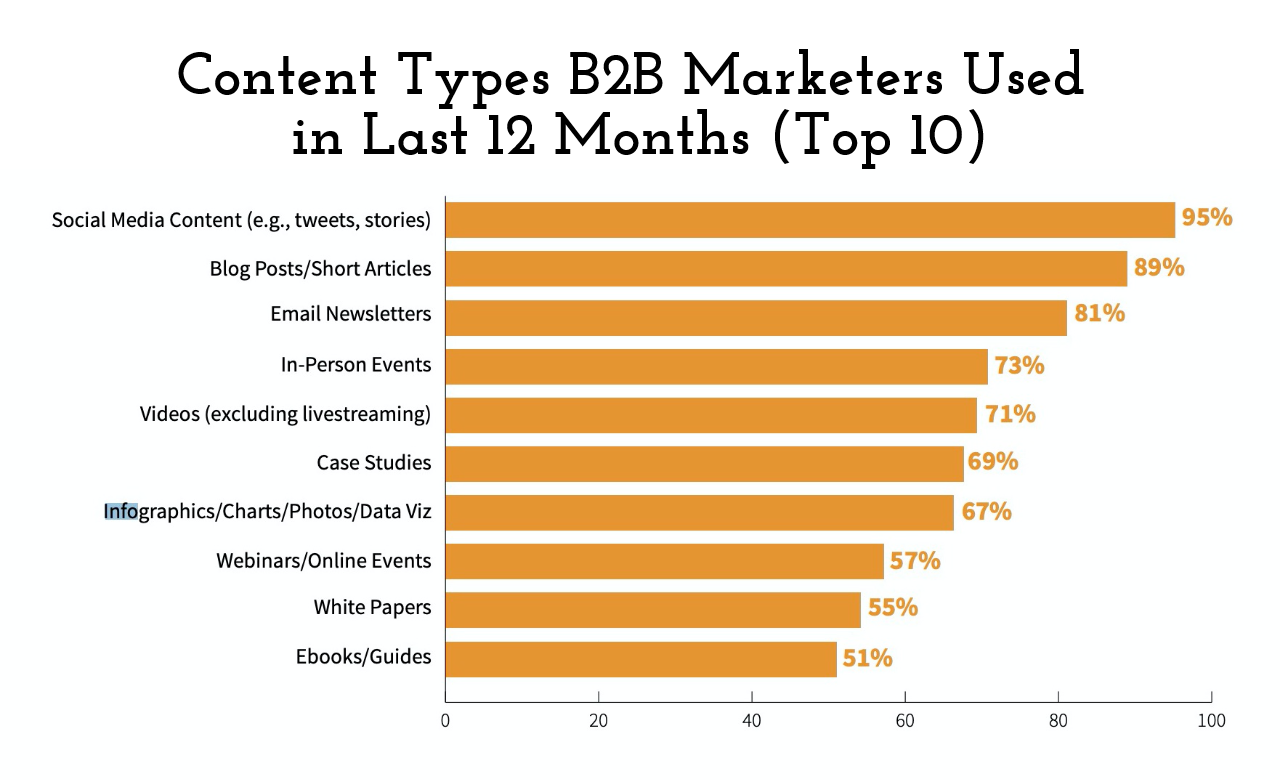
When building your B2B sales funnel, make sure to add questions that your sales and customer support teams find regularly, and create visual content like the one mentioned above.
Start creating visual content
Visually appealing content should be a part of every content marketing team's efforts. It positively affects every aspect of the visitor's experience-from increasing your pageviews to making it easier for them to engage, share, and read it. It can even assist you with your sales efforts.
Nowadays, visual content has become a specific task, even for non-designers. Make sure to use a free graphic maker like PixTeller to help you create visually-appealing content for your marketing strategy.
Until next time, Be creative! - Pix'sTory made by Ivan Kreimer
Ivan Kreimer is a freelance content writer for hire who creates educational content for SaaS businesses like Leadfeeder and Campaign Monitor. In his pastime, he likes to help people become freelance writers.
Besides writing for smart people who read sites like PixTeller, Ivan has also written in sites like Entrepreneur, MarketingProfs, TheNextWeb, and many other influential websites.
Recommended posts
-

Simple Ways to Make Reserving Time Easier for Clients
Read More › -
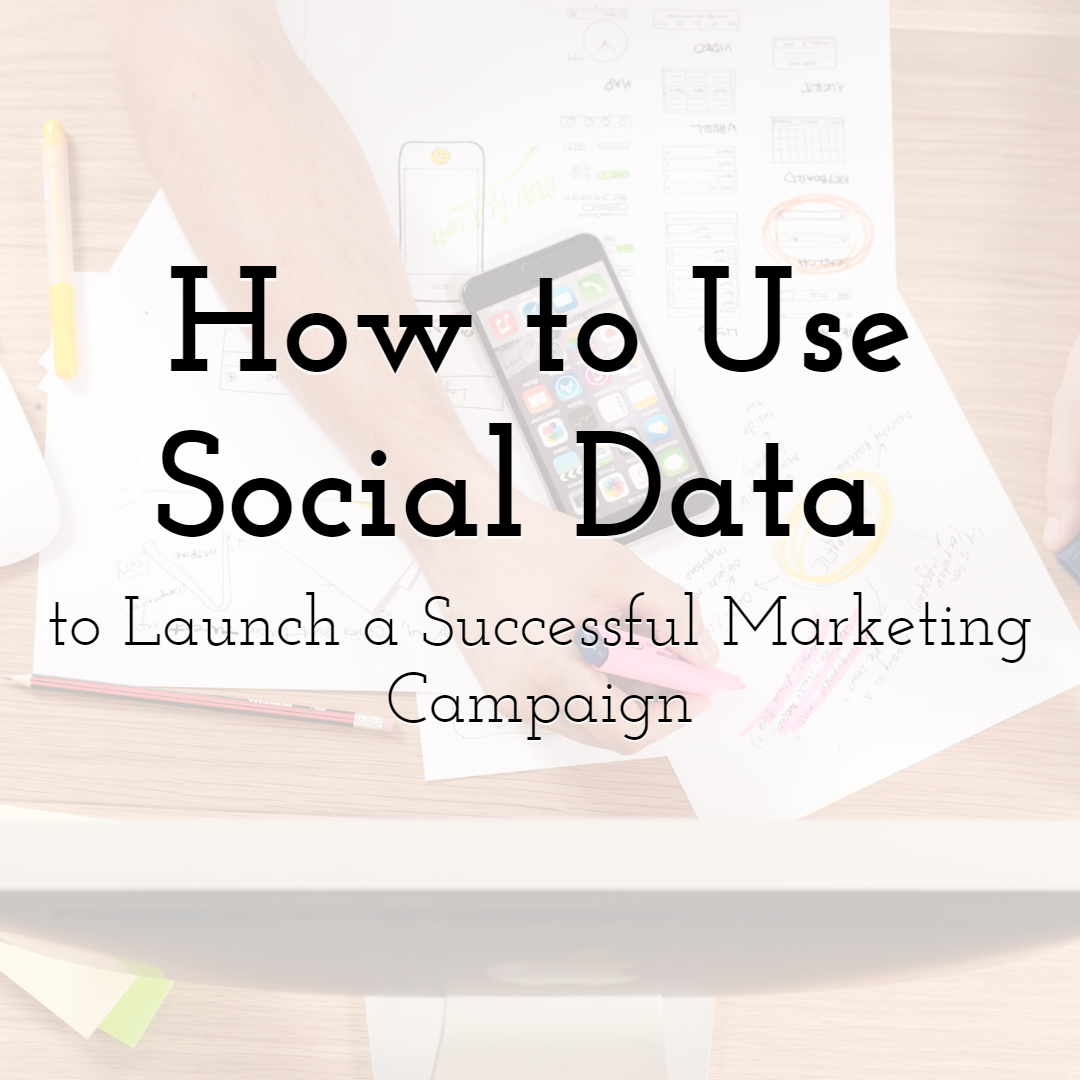
How to Use Social Data to Launch a Successful Marketing Campaign
Read More › -
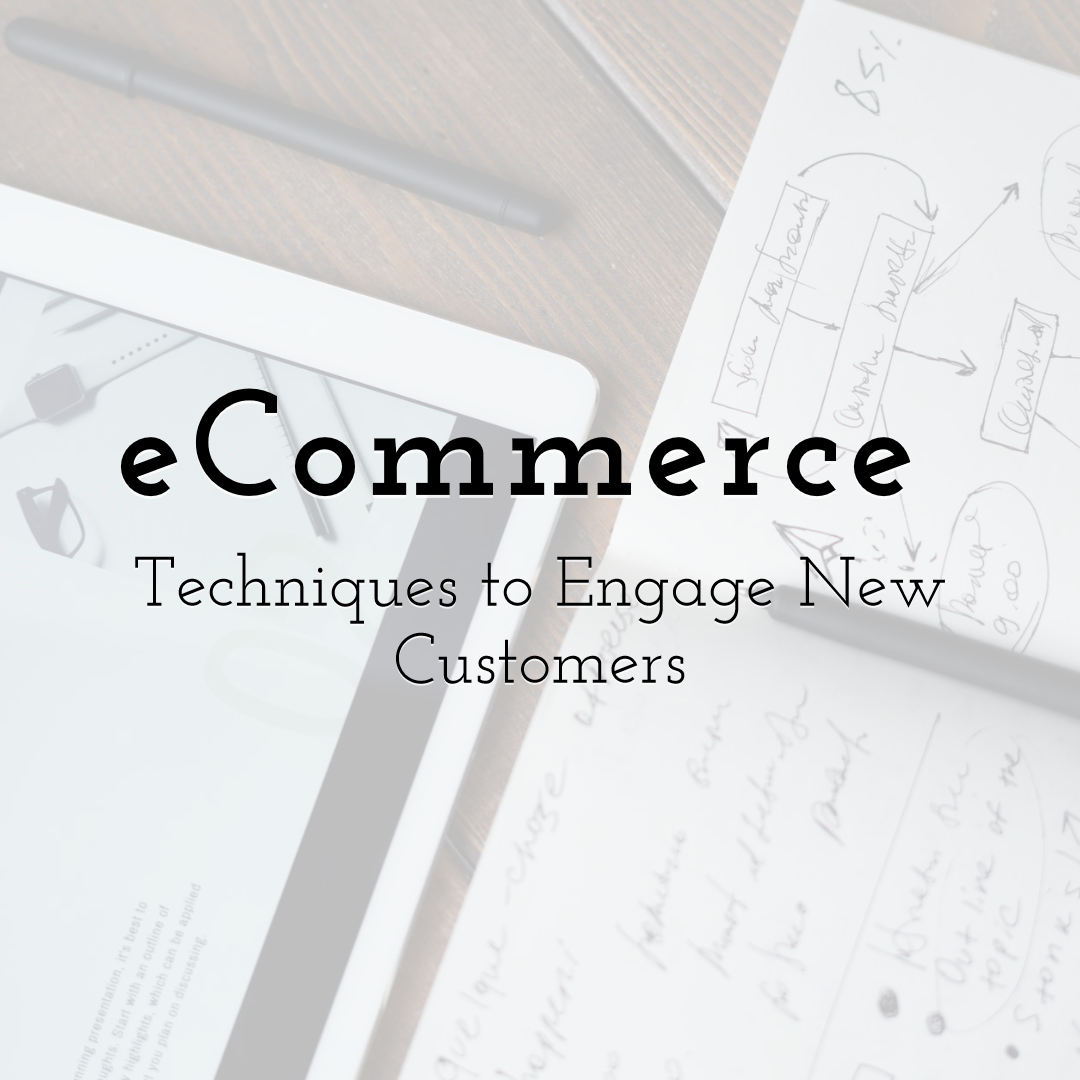
Incredible eCommerce Techniques to Engage New Customers
Read More › -
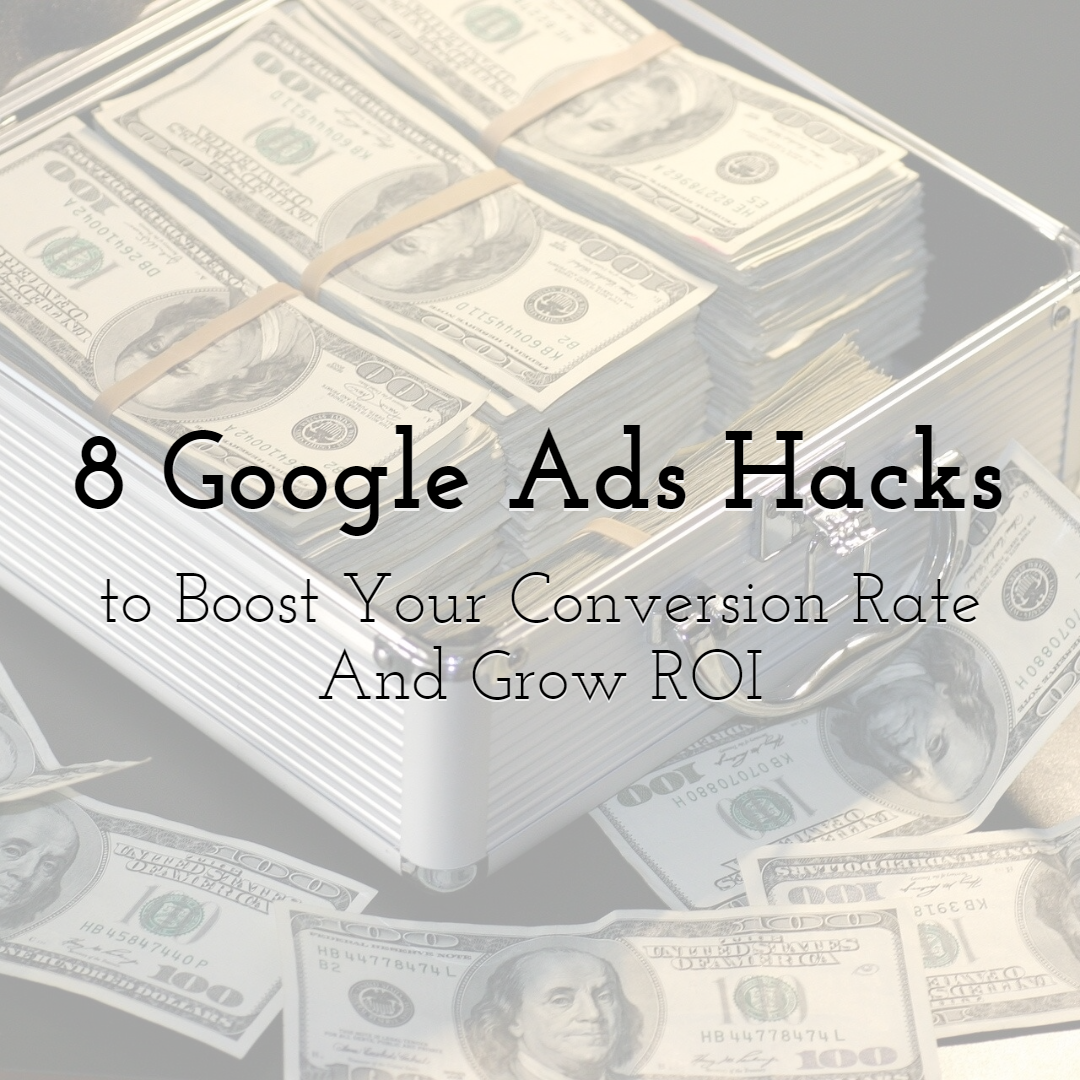
Eight Google Ads Hacks that Can Boost Your Conversion Rate and Grow ROI
Read More › -
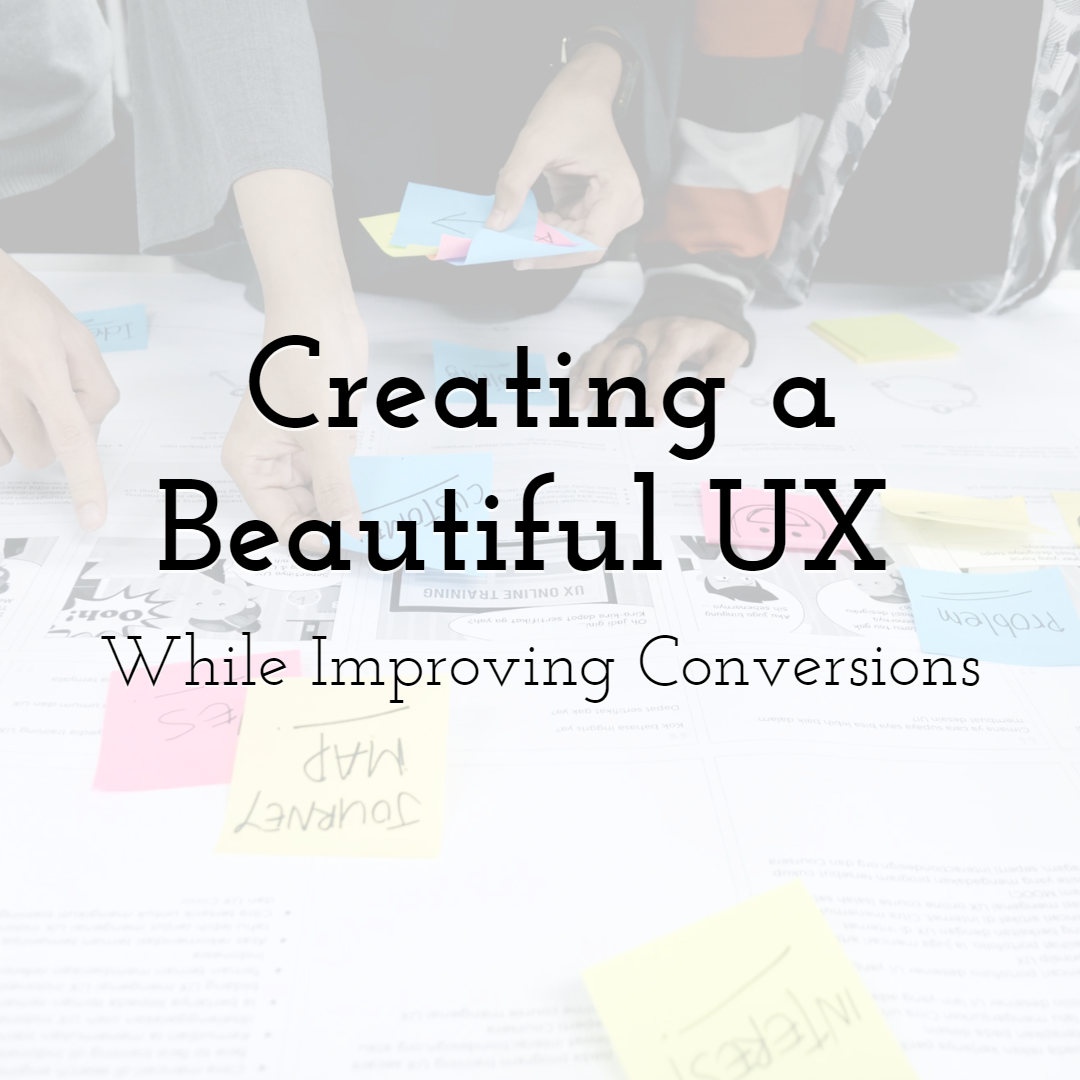
Creating a Beautiful UX While Improving Conversions
Read More › -
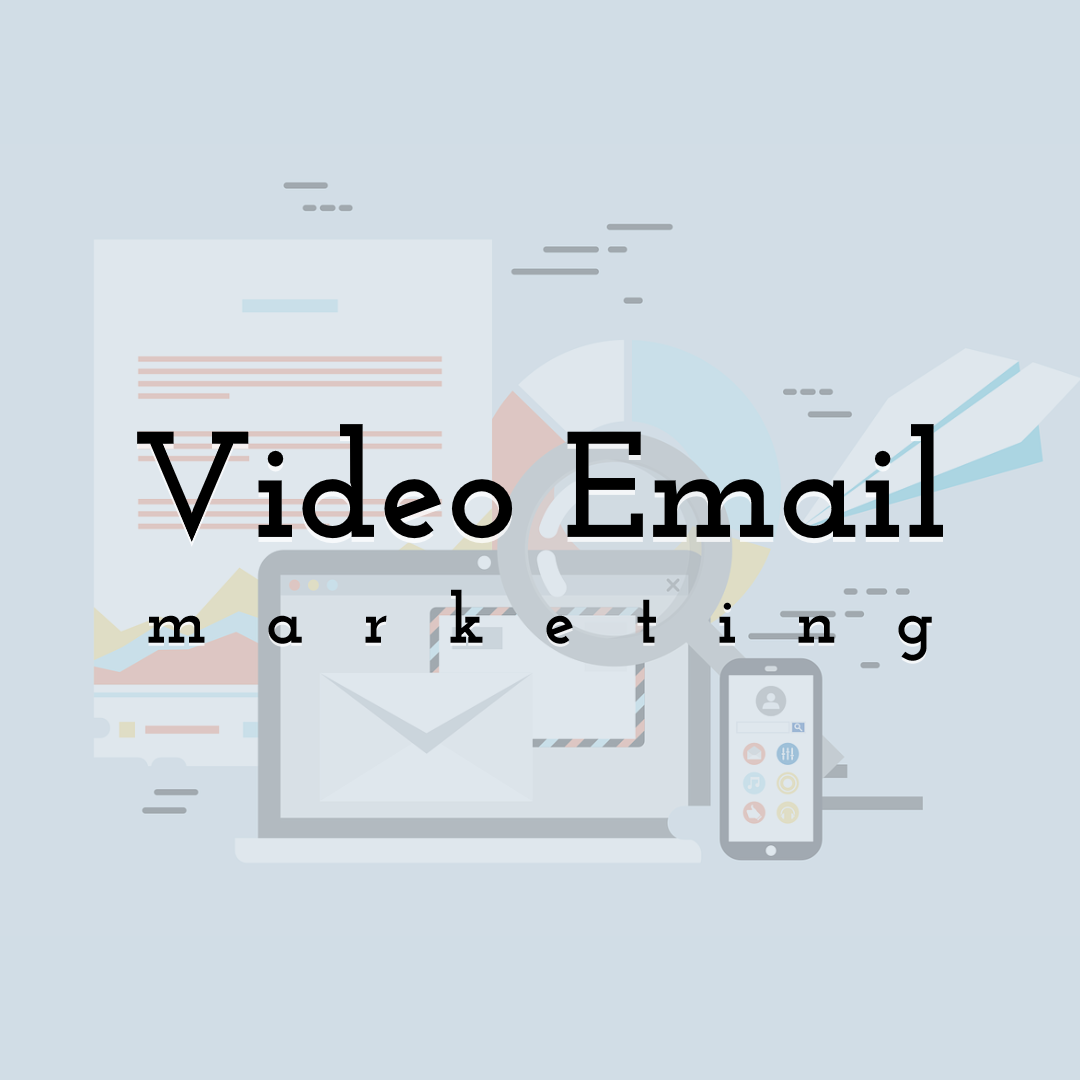
Video Email Marketing - How to Do It and Why You Need It
Read More ›
